Jaguar Going All Electric By 2025, Cancels Electric XJ Sedan

Jaguar Land Rover (JLR) has announced that it plans to have transitioned the Jaguar side of the business entirely to electric vehicles by 2025. Meanwhile, the more profitable Land Rover brand will be receiving its very first EV sometime in 2024. The plan is backed by a £2.5 billion (roughly $3.5 billion USD) investment.
As usual, take these promises with a grain of salt. Practically every manufacturer has underdelivered when it comes to electrification and features existing under the catch-all mobility tag. Jaguar’s current battery-electric vehicle, the I-Pace, hasn’t exactly been a smash hit and its construction is actually contracted out to Magna Steyr in Graz, Austria. Jag also recently abandoned the new XJ model, which has been in development for years. Ironically, the car was supposed to become the brand’s first all-electric sedan.
While JLR leadership absolutely wants to frame it as though Land Rover will likewise be moving toward ditching the internal combustion engine, its entire business is devoted to maintaining its luxury appeal and rugged past. Frankly, EVs might not be a good fit for the brand until they’re capable of enduring the kind of severe abuse and off-road shenanigans modern Land Rover owners assume their car can. JLR may also be hedging its bets. If world governments are successful in their banning of liquid-fueled automobiles, Jaguar will suddenly become the hotter property. If not, Land Rover will be there to pick up the slack for the foreseeable future.
That’s assuming JLR stays in relatively good health, which has not been the case. But parent company Tata Motors announced that a better than anticipated sales recovery in China helped it turn a modest profit. Despite hemorrhaging cash and jobs at a rate that made it look as though the automaker was doomed, Tata announced JLR had turned a £439-million (pre-tax) profit in the final quarter of 2020. If it can maintain that momentum through what’s already shaping up to be another difficult year, then its restructuring has definitely been working. Otherwise, it will have to be placed on deathwatch.
Though don’t think everything hinges on electrification vs combustion. Much of the current dialogue automakers are sharing with the public involves bolstering services and connectivity. Often masked by bold promises about carbon reductions and pivoting powertrains, there’s usually some mention of leveraging connected services, data acquisition, and software development for future profits. Jaguar Land Rover said it would be cooperating with Tata on all fronts.
“Our vision is clear… to become the creator of the world’s most desirable luxury vehicles and services for the most discerning of customer,” JLR CEO Thierry Bolloré noted in the release.
[Image: JLR]

A staunch consumer advocate tracking industry trends and regulation. Before joining TTAC, Matt spent a decade working for marketing and research firms based in NYC. Clients included several of the world’s largest automakers, global tire brands, and aftermarket part suppliers. Dissatisfied with the corporate world and resentful of having to wear suits everyday, he pivoted to writing about cars. Since then, that man has become an ardent supporter of the right-to-repair movement, been interviewed on the auto industry by national radio broadcasts, driven more rental cars than anyone ever should, participated in amateur rallying events, and received the requisite minimum training as sanctioned by the SCCA. Handy with a wrench, Matt grew up surrounded by Detroit auto workers and managed to get a pizza delivery job before he was legally eligible. He later found himself driving box trucks through Manhattan, guaranteeing future sympathy for actual truckers. He continues to conduct research pertaining to the automotive sector as an independent contractor and has since moved back to his native Michigan, closer to where the cars are born. A contrarian, Matt claims to prefer understeer — stating that front and all-wheel drive vehicles cater best to his driving style.
More by Matt Posky
Latest Car Reviews
Read moreLatest Product Reviews
Read moreRecent Comments
- CanadaCraig As an aside... you are so incredibly vulnerable as you're sitting there WAITING for you EV to charge. It freaks me out.
- Wjtinfwb My local Ford dealer would be better served if the entire facility was AI. At least AI won't be openly hostile and confrontational to your basic requests when making or servicing you 50k plus investment and maybe would return a phone call or two.
- Ras815 Tesla is going to make for one of those fantastic corporate case studies someday. They had it all, and all it took was an increasingly erratic CEO empowered to make a few terrible, unchallenged ideas to wreck it.
- Dave Holzman Golden2husky remember you from well over decade ago in these comments. If I wanted to have a screen name that reflected my canine companionship, I'd be BorderCollie as of about five years go. Life is definitely better with dogs.
- Dave Holzman You're right about that!



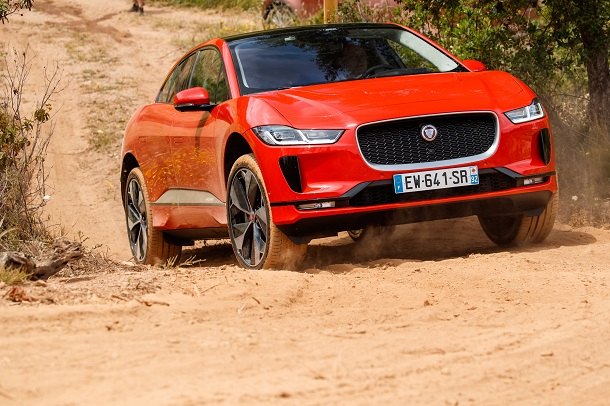















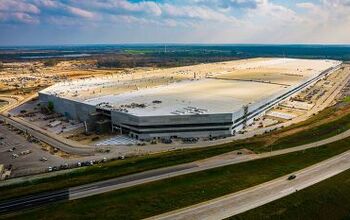

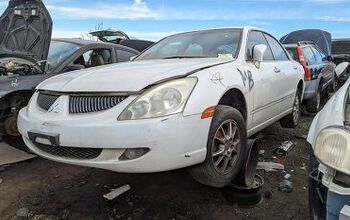



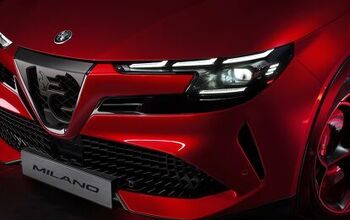

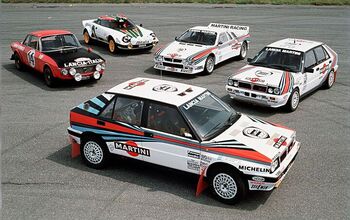

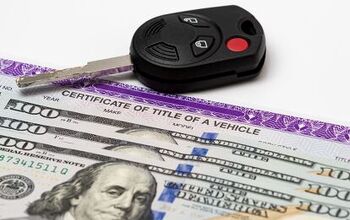
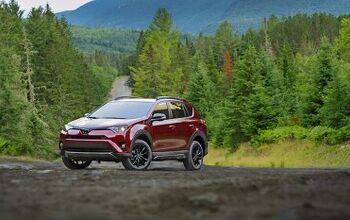
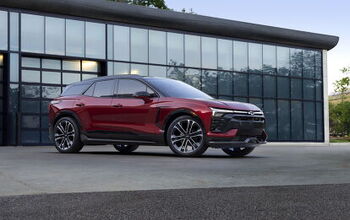
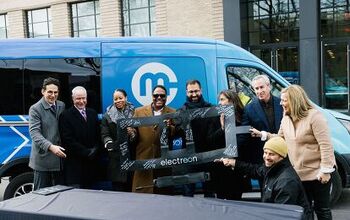
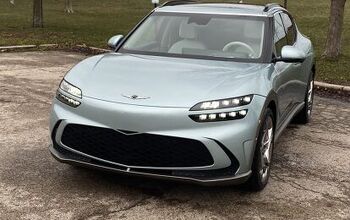
Comments
Join the conversation
My first temptation is to say it's time for a Jaguar deathwatch, but I'll hold off. What if Jaguar can build electrics that look and feel like actual Jaguars? Load them up with a burled-wood interior and lots of leather, and sexy styling - i.e., all the stuff that's missing from the current lineup - and resist the temptation to do the silly Tesla-style Ipad dash, and maybe they have something. I mean, it can't be worse than what they're trying to sell these days. (Willing to give them the benefit of the doubt, but there's a LONG way to go here.)
There is a logic to going all electric for Jaguar by 2025. Firstly they will climb the reliability charts. Electric cars have few moving parts. That means Jaguar can get one over the German brands. Secondly by dropping cars like the XE they will increase margins. Thirdly for Jaguar the I pace is becoming a success. Unlike normal cars sales are getting stronger as the model ages, new models will let them double down. Basically the logic is there but it’s brave stuff